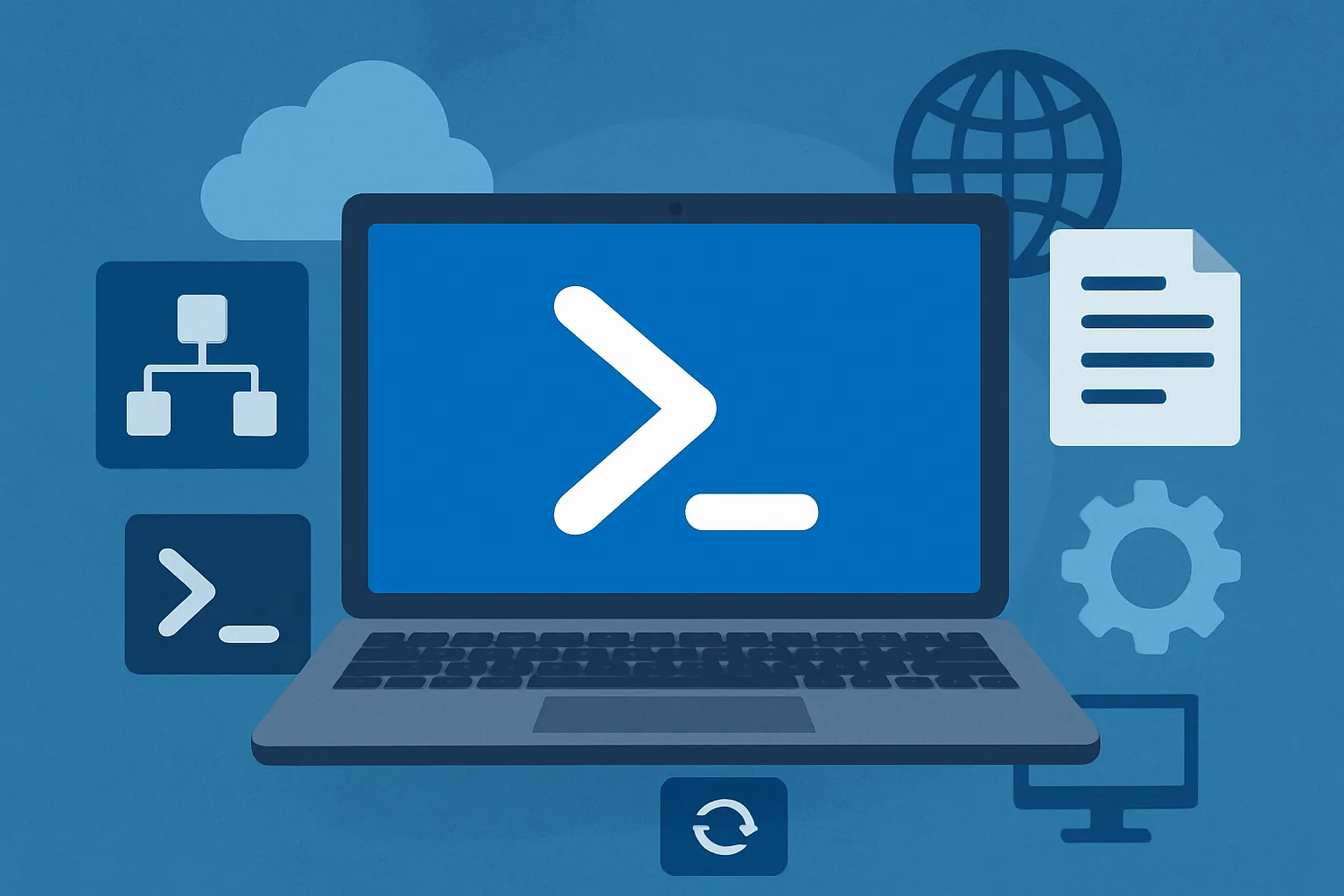In the world of Windows system administration, automation is key. PowerShell has long been the go-to tool for managing servers and desktops efficiently. Among its powerful capabilities are CIM Cmdlets, which provide a modern, flexible way to interact with Windows Management Instrumentation (WMI). This article explores what CIM Cmdlets are, how they differ from traditional WMI Cmdlets, and how you can leverage them for robust remote management.
What Are CIM Cmdlets?
CIM stands for Common Information Model, a standard defined by the DMTF (Distributed Management Task Force) to ensure consistent management of systems, devices, and applications. CIM Cmdlets in PowerShell use the WS-Man (Web Services for Management) protocol for communication, unlike legacy WMI Cmdlets which rely on DCOM.
CIM Cmdlets were introduced in PowerShell 3.0 to modernize system management and enhance remote capabilities. They provide access to the same WMI classes but with more reliability, better performance, and improved support for remote operations.
Benefits of Using CIM Cmdlets
- Remote Management-Friendly: CIM Cmdlets use WS-Man, which works over HTTP/S and is firewall-friendly, making them ideal for managing remote systems.
- Improved Performance: They provide more efficient data transfer and session management.
- Session-Based: You can establish persistent CIM sessions for repeated use, reducing overhead and improving speed.
- Cross-Platform Potential: Although mainly used on Windows, CIM is an industry standard, enhancing interoperability.
Key CIM Cmdlets and Their Usage
Below are some of the most commonly used CIM Cmdlets:
1. Get-CimInstance
Used to retrieve information from a WMI class.
Get-CimInstance -ClassName Win32_OperatingSystem
This retrieves details about the operating system, such as version, architecture, and build number.
2. New-CimSession
Creates a persistent session to a remote computer.
$session = New-CimSession -ComputerName "Server01"
3. Get-CimInstance with a session
Get-CimInstance -ClassName Win32_ComputerSystem -CimSession $session
4. Remove-CimSession
Closes a CIM session.
Remove-CimSession -CimSession $session
5. Invoke-CimMethod
Executes a method from a WMI class.
Invoke-CimMethod -ClassName Win32_Process -MethodName Create -Arguments @{CommandLine="notepad.exe"}
This command remotely starts Notepad.
6. Set-CimInstance
Modifies existing WMI class instance data.
CIM Cmdlets vs WMI Cmdlets
| Feature | CIM Cmdlets | WMI Cmdlets |
|---|---|---|
| Protocol | WS-Man | DCOM |
| Remote Support | Better (HTTP/S) | Limited (Firewall issues) |
| Persistent Sessions | Yes | No |
| Performance | Better | Slower in remote scenarios |
| Compatibility | Modern PowerShell | Legacy systems |
While WMI Cmdlets (e.g., Get-WmiObject) are still available, they are deprecated in newer versions of PowerShell. CIM Cmdlets are recommended for modern scripting and automation.
Practical Scenarios
Inventory Collection: Gather software and hardware inventory from remote systems.
Health Monitoring: Pull performance metrics using Win32_PerfFormattedData classes.
Automated Deployment: Start and manage installation processes on multiple endpoints.
Configuration Auditing: Compare system configurations using CIM queries.
Best Practices
- Always establish and reuse CIM sessions when running multiple queries.
- Use filters to limit data retrieval for performance.
- Secure your WS-Man communication using HTTPS, especially in production environments.
- Prefer
Get-CimInstanceoverGet-WmiObjectin scripts for future compatibility.
Conclusion
CIM Cmdlets in PowerShell are a powerful, modern toolset for administrators managing Windows systems at scale. With better performance, enhanced remote capabilities, and future-ready architecture, they are essential for anyone looking to streamline and secure system management tasks.
By understanding how to use CIM Cmdlets effectively, you can significantly improve your scripting workflows and gain deeper control over your infrastructure.


